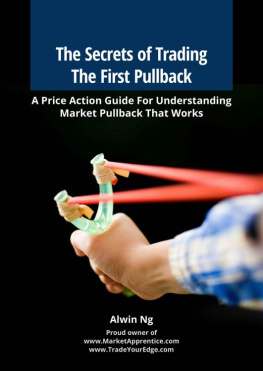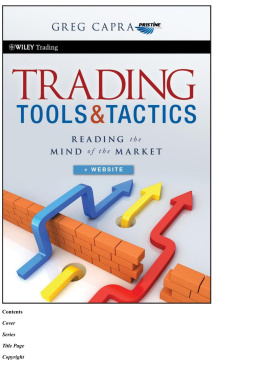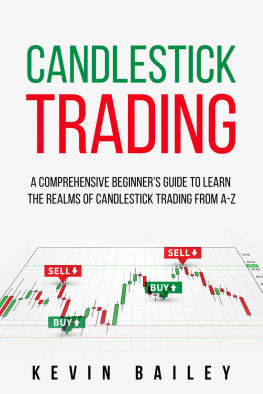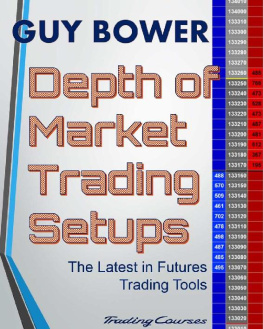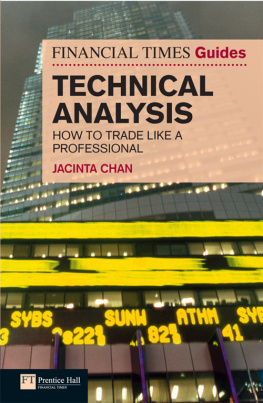When I started trading the market, my first trading system was called the Sniper. The system relies on price action setups on the 5 minute chart in a trending market. The primary indicator is the 50 Exponential Moving Average (eMA) but you rely on a strong correlation amongst multiple timeframes. In short, if done correctly, this is a scalping technique which can generate profitable returns using low risk entries.
The system, till today, is one of the best systems that I learned. Apart from the intensity, the learning curve was steep and rewarding especially in the area of timeframe correlations, price action and chart indicators. More importantly, while it was the first system that I traded (on a live account), it was also the first system that introduced me to trading market Pullbacks.
Of course, that was the first of many systems that I traded. Other systems that I picked up later provided insights into different market conditions including any reversal and ranging markets. After a while, like many amateur traders, I realised that a system is just a set of rules governing your entries and exits. Through experience, I found out that, beyond any trading systems, there was a mysterious market theory called Price Action. (Yes, that included the market Pullback that was part of the market theory).
My curiosity pushed me to learn more and, along the way, I started to remove chart indicators and began to put my attention on price and price patterns only. At one point in my trading career, I was only trading using naked charts and price patterns. Since then, reading price action became the core of my trading and it helped me mature as a trader.
One day, during my trade review, I accidentally found a common theme amongst all the trades that Ive made, I realised that I have been using pullbacks in all my trading systems. The more I explored that, the more I realised they exist in all markets and any market conditions. Some pullbacks were bigger than others, and some had a higher probability of success. On top of that, I found out that Market Pullbacks can potentially provide low risk but high profitable entries.
With that, I hope to share my theory in this book. Hopefully, you can enjoy it sooner or later.
Introduction
Sometimes the best things are just right in front of you .
Believe it or not, you see price pullbacks almost every time you open your price chart because it is inevitable that price is cycling and pulling back and forth all the time. However, many traders do not see it. That just goes to show that humans (including traders) can be so engrossed in their own thing that they often fail to see the obvious that is right in front of them.
While this book is primarily about pullbacks, this is also my way of breaking down information from what seems to be bulky blocks into little absorbable chunks and building them back into useful resources. By breaking the process down, you are able to spot the various clues in the market easily. The more clues you find, the more likely that you have a successful trade.
At the same time, never forget the bigger picture when trading. Since the big guns are the one with the deepest pocket, it makes sense to keep track of who those market leaders are. By keeping track, I dont mean searching for the traders information. Instead, I am referring to understanding what and how price is reacting to certain challenges in the market. In fact, the more you understand price action, the easier you can spot the leader.
Trading price action pullbacks can be very profitable if done correctly. Hence, I hope to show you a variety of pullback patterns and hopefully you can use that as a starting point to fine tune your own trading. Learning to trade is a journey. However, once you built a solid foundation, the rest of the journey should be easier.
Also, it is profitable trading pullback if it is congruent with your trading beliefs. Hence, I hope to explain how, why and when trading pullbacks works. More importantly, you should also understand how, why and when they do not work.
Glossary
Glossary in alphabetical order
- Bear
- An investors term referring to the seller. Opposite of Bulls
- Big Players
- Referring to large size market players including Central banks or major financial institutions. See also Mid Players and Small Players.
- Bull
- An investors term referring to the buyer. Opposite of Bears
- Ceiling
- A term to represent a horizontal upper resistance line. Also known as horizontal resistance line. For a ceiling to be valid, the touches of two or more price highs are required.
- Channels
- A price channel is a continuation price pattern that slopes upward or downward. Price is bounded by the Upper Resistance Line and Lower Support Line, creating a sloping (price) rectangle.
- Consolidated Market
- A period of consolidation that is driven by the lack of volume, indecision or uncertainty. Irrespective of the reasons, the market lacks a clear leader in the market. Also known as a ranging market.
- DTD
- Dominant Trend Direction.
- This is the main direction in which the market is moving.
- Fib
- Fibonacci
- Fib Ret
- Fibonacci Retracement
- Floor
- A term to represent a horizontal lower support lines. Also known as horizontal support line. For a floor to be valid, the touches of two or more price lows are required.
- H&S
- Head & Shoulder. This is the name of a specific reversal pattern.
- Leg
- A leg is the journey travelled by price in a single movement. For the purpose of this book, we assume that a simple pullback has 3 legs.
- Liquid Market
- A market where there are plenty of buyers and sellers. With such volume of traders, the spread between the bid and ask prices tightens. Trade execution becomes easier and quicker as there is always an available buyer/seller. The opposite of a liquid market is a thin or illiquid market.
- Long
- To take a position in the market with the view that price of the asset would go higher. Opposite of Short
- Lower Support Line
- A line that is drawn using at least two price lows to form the lower support line. Opposite of Upper Resistance Line
- Market
- Generally referring to the Financial Market.
- Mid Players
- Referring to mid-size big market players including Mid-sized or small-sized banks, large hedge funds, market makers, large corporate or commercial companies. See also Big Players and Small Players.
- Naked charts
- Clean charts using price bars only without any signals or indicators.
- Pin Bar
- This can be a high test or a low test bar.
- Price Action (PA)
- The movement of price within the financial market. PA also includes the areas of technical analysis and chart patterns. Some may even include candlestick analysis.
- Price Cyclicity
- The nature of the market prices where is moves up and down even when there is a clear trend.
- Pullbacks
- Happens when price moves one bar (or more) against its previous bar that is moving in the direction of major trend.
- Short
- To take a position in the market with the view that price of the asset would go lower. Opposite of Long
- Small Players
- Referring to small size market players including Retail or private individual traders. See also Big Players and Mid Players.
- Upper Resistance Line
- A line that is drawn using at least two price highs to form the upper resistance line. Opposite of Lower Support Line

